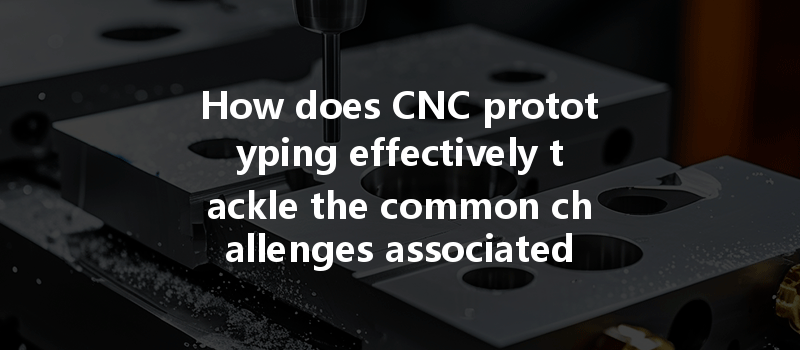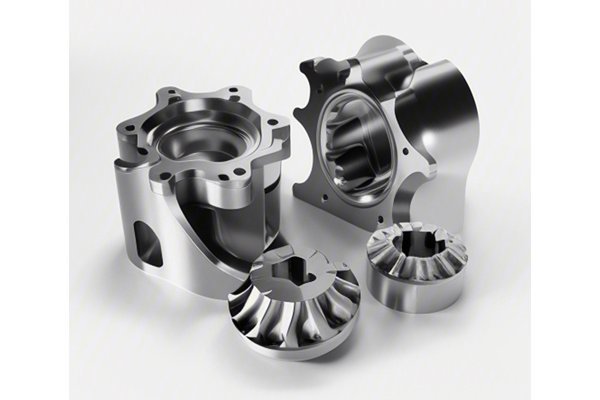Have you ever tried to assemble a complex puzzle, only to discover that several crucial pieces are missing? This scenario is akin to the challenges faced in complex shape machining, particularly in CNC (Computer Numerical Control) prototyping. A staggering 70% of product development teams experience setbacks due to design complexities and machining difficulties. This signifies that many companies are grappling with how to turn innovative concepts into tangible prototypes efficiently.
In this comprehensive blog, we will delve into the world of CNC prototyping, exploring how it addresses the multifaceted challenges of complex shape machining. From intricate geometries to material limitations, CNC prototyping offers a myriad of solutions that enhance efficiency and precision. Let’s embark on this enlightening journey into the realm of CNC machining!
Understanding the Challenges of Complex Shape Machining
Before we delve into how CNC prototyping addresses these challenges, it’s essential to understand what we mean by complex shape machining. This involves creating parts with intricate designs that may include:
The challenges associated with these complexities can be categorized into three primary areas:
How CNC Prototyping Solves These Problems
One of the primary ways CNC prototyping mitigates the challenges of complex shapes is through advanced tooling solutions. CNC machines utilize precision cutting tools that can be programmed to maneuver when required, granting greater versatility compared to traditional machinery.
Benefits of Advanced Tooling:
CNC prototyping also excels in managing the variety of materials used in complex shape machining. By selecting the right materials and utilizing the appropriate machining strategies, companies can avoid common pitfalls associated with complex designs.
Effective Material Management Techniques:

CNC prototyping is synonymous with efficiency, as it allows for rapid iterations in design and production. As industries demand faster product development cycles, the need for effective prototyping becomes paramount. Here are some ways CNC prototyping enhances efficiency:
Key Efficiency Strategies:
Real-World Applications
To illustrate the effectiveness of CNC prototyping in tackling the common challenges of complex shape machining, let’s take a look at a few real-world applications:
Case Study 1: Aerospace Component Manufacturing
In the aerospace industry, tolerances are critical. A manufacturer needed to create a highly intricate turbine casing that would withstand extreme temperatures and pressures. Utilizing CNC prototyping, they could produce detailed geometries with tight tolerances, significantly enhancing performance and reliability.
Case Study 2: Automotive Prototyping
An automotive company aiming to prototype a new engine part faced the complexity of requiring numerous internal features. CNC machining allowed them to incorporate all required features in one go, eliminating the need for extensive secondary operations. This reduced both lead time and costs.
Case Study 3: Medical Device Production
In the medical field, where precision is crucial, a company needed a prototype of a surgical instrument with complex shapes. CNC prototyping enabled rapid iterations based on surgeon feedback, leading to a finalized product that met all regulatory requirements within record time.
CNC prototyping is not just a manufacturing process; it is a transformative technology that effectively addresses the challenges of complex shape machining. By leveraging advanced tooling, superior material management, and enhanced process efficiency, manufacturers can bring intricate and innovative designs to life with precision and speed.
The importance of adopting CNC prototyping cannot be overstated in today’s competitive landscape. Companies that embrace its capabilities stand to benefit from faster turnaround times, fewer defects, and the ability to meet evolving market demands. As industries continue to innovate, understanding the implications of CNC technologies will become increasingly vital.
Remember, optimizing your prototyping processes can pave the way to greater innovation and success. The future of manufacturing hinges on this understanding; therefore, it’s worth contemplating how CNC prototyping can enhance your operations!






